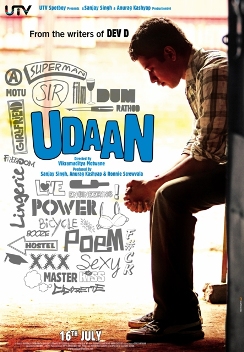And just like that, I’m a GNOME user
When I first started using Linux (more than a decade ago), I did my share of playing around with various desktop environments: the classic FVWM, GNOME, KDE, Enlightenment etc. I settled down with KDE. Over the years, I kept coming back to GNOME to check it out but somehow KDE always felt home to me.
Well guess what, not any more. As of a few days ago, I’m (mostly) a GNOME user.
I still love KDE (the desktop) and KDE based applications (KMail, Amarok etc). It is still infinitely more configurable than anything comparable in GNOME (Evolution and Thunderbird are still fairly limited in comparison) and over the years I’ve tweaked it to just the way I like it. But GNOME has something the KDE project does not: Canonical.
Thats right, I switched to GNOME because of Canonical, the company that drives Ubuntu development. Sure, there is a lot of effort behind the various Ubuntu variants such as Kubuntu, Xubuntu etc. But make no mistake, none of these variants are first-class citizens in the Ubuntu ecosystem.
The switch was a result of my recent experience setting up Ubuntu on my home theater PC. The effort Canonical has put into making the Ubuntu experience more seamless and pleasant is clearly visible. Pretty much everything works out of the box: folders that I share show up on other computers in my home network, bluetooth/webcam etc all work just fine, setting up remote desktop is a breeze and so on, Avahi/bonjour works like a charm; I can setup a DAAP server to share my music and it shows up on iTunes just like that.
Note that all of these things are obviously not limited to Ubuntu in any way. But the user experience in Ubuntu is unparalleled in comparison with Kubuntu etc. Subtle niceties like the notifications (the Ayatana project), the Me menu, the messaging menu, the “light” themes etc. come together in a very cohesive way to deliver an experience that rivals that of Mac OS. But beyond the subtleties, Canonical is shaping the future of Linux on the desktop, laptop and mobile devices: the Unity interface, multi-touch support for mobile devices and more. Bottomline: having a company put its weight behind a desktop has ramifications.
So as much as I love thy, KDE, for now we shall part ways. I’m still using some KDE apps (like digiKam), but until Canonical decides to officially adopt Kubuntu, GNOME it is.





